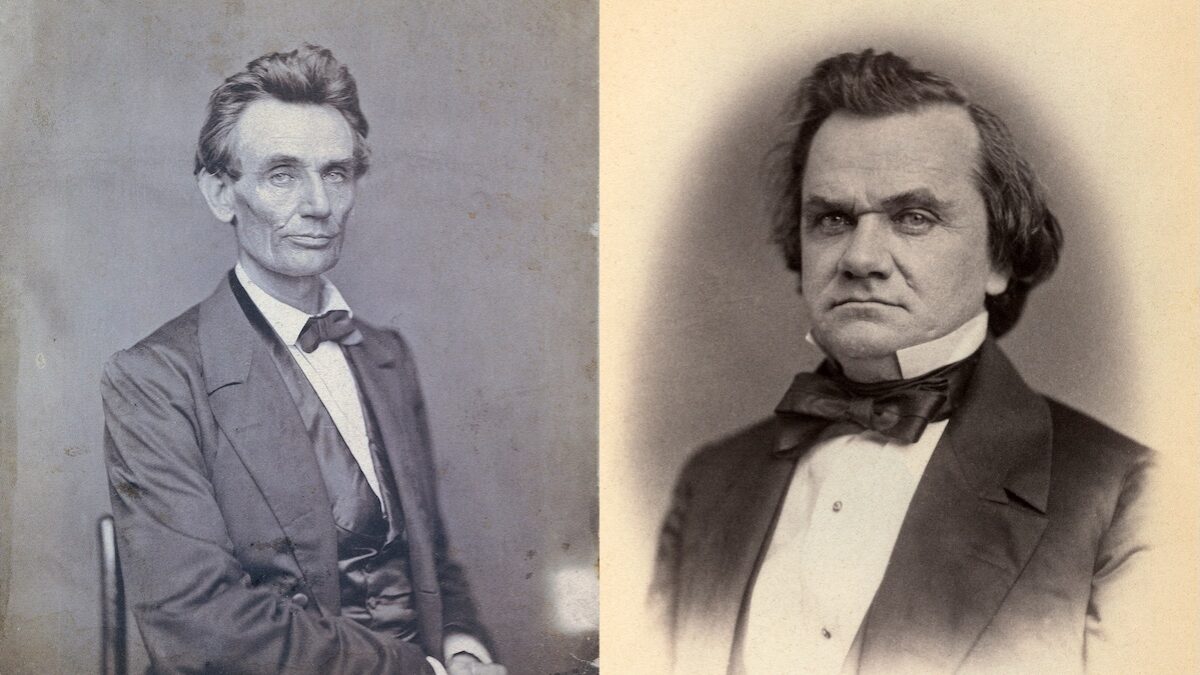
“Planned Parenthood is using virtually every tool in its lobbying arsenal to defend against attacks from conservatives and anti-abortion activists,” a story in the Washington Post begins. “Planned Parenthood’s counter-offensive is widespread and varied and is unfolding inside and outside the Beltway.”
A huge part of that was rolled out last week when Planned Parenthood had allies in the media publicize a report it had commissioned and paid for from not just any Democratic opposition research firm, but one known for being particularly partisan and hostile to social conservatives. The Democratic opposition research team’s report said that undercover videos revealing Planned Parenthood’s harvesting and trade of human organs from the humans they abort had been unfairly unedited, though it was hazy on details.
Nevertheless, Planned Parenthood allies in the media ran with the report within moments of its release, a far cry from the foot-dragging, reluctance, and self-censorship on display with their inadequate coverage of the videos themselves. It took New York Times reporter Jackie Calmes and her editor a day to figure out how to cover the scandalous first video, and a full two weeks to correct a basic factual error in same—but only minutes for a story on this report from Planned Parenthood that Planned Parenthood said exonerated Planned Parenthood.
Likewise, Politico, which has struggled to figure out many worthwhile angles digging into this scandal, publicized Planned Parenthood’s self-exoneration under the headline “Report for Planned Parenthood finds sting videos manipulated.” The story related the claims made by Fusion GPS, without mentioning that Fusion GPS had extreme partisan views. In fact, it merely described the group as a “research firm.” The New York Times‘ favorable write-up only identified Fusion GPS as “a Washington-based research and corporate intelligence company.” The Washington Post went with “a Washington-based firm that provides research and intelligence for corporations.” NPR’s water-carrying for Planned Parenthood described the group merely as a “forensics firm.”
Fusion GPS found that at least two of the filmed interviews with Planned Parenthood officials are missing at least 30 minutes of content. It speculates that the cuts could include moments in which CMP activists, who were posing as representatives of a fictitious tissue procurement company, said things to lead the officials into damning statements.
The Center for Medical Progress said that some of the “missing footage” was stuff like going to the bathroom or waiting silently in between meetings. But in one case the missing footage was inadvertently clipped. So they released the missing video footage (the transcript of which was always available) from their six-plus-hour undercover meeting with Planned Parenthood officials in Texas. Snippets of its most salacious parts had been seen in previously released edited videos—in fact the so-called “missing” footage was prominently featured throughout the fifth video—but the full 28:25 can be seen here:
We’ll have to wait to see if the New York Times or Politico cover it, but even if they do, it will have been much slower than they covered the Planned Parenthood-commissioned and -funded report claiming Planned Parenthood is awesome.
We’ve actually already discussed the missing footage, and you can read all about it in “The 7 Most Important Takeaways From The 5th Planned Parenthood Exposé.” It was already featured in both the fifth video and the transcript released early last month, but this video features Planned Parenthood Gulf Coast’s Director of Research Melissa Farrell talking specifically about how her department is so important to the corporation’s bottom line. She chats about how to navigate around regulations prohibiting the sale of human organs, including how to hide the legally problematic aspects of getting money for human parts via creative accounting, and she does it all quite cavalierly (“that borders on some language in the federal regs that’s a little touchy,” etc.).
There’s an interesting and detailed discussion about how Planned Parenthood isn’t able to procure organs from women who are given abortion pills, but that if they were, those organs would come out more intact than by other abortion methods. They discuss how the bodies of unborn children are vacuumed out, placed in biohazard containers or freezers, and sent away once a week for incineration.
This portion of the video also shows a few other things we’d already learned—that Farrell says her abortionists alter procedures to procure human organs and that sometimes the abortionists themselves are harvesting human organs for their own research. Both of these admissions raise legal and ethical questions, albeit questions the media aren’t terribly interested in.
Farrell also says she can meet high volume on late-term, intact human organs. She says six Planned Parenthood providers will do second-trimester abortions beyond four months’ gestation. Farrell also notes that the clinic is “already set up” in storage costs.
Far from the media speculation that this missing footage would exonerate Planned Parenthood, much of it was already featured in the edited highlights of the fifth video, such as these screen caps here:


The New York Times‘ only mention of Melissa Farrell is not from its coverage of the fifth video or this weekend’s release of additional footage, but in a list of names that the Energy and Commerce Committee requested informal interviews with. New York Times readers have had no updates on that request since August 7.
The Washington Post‘s story about Planned Parenthood’s public relations repeats many claims made by Planned Parenthood’s public relations campaign. In fact, the final paragraph uses a Planned Parenthood talking point so misleading (that only 3 percent of its work is abortion) that the Washington Post‘s fact checker gave it “three Pinnochios.” The claim repeated here by reporter Catherine Ho has been debunked elsewhere, with many media outlets refusing to repeat it.
Center For Medical Progress Fires Back
Yesterday, the Center for Medical Progress also sent a letter to Congress in reply to Planned Parenthood’s letter of August 27. In it, David Daleiden highlights some of the admissions from Planned Parenthood’s letter, such as when Cecile Richards’ admission of payment ranges per specimen and knowledge of changes to abortion procedures for the purpose of organ harvesting.
[T]here are two key admissions in Planned Parenthood CEO Cecile Richards’ letter to Congress of August 27 that the investigating Committees should focus on particularly. First, Richards admits that multiple Planned Parenthood affiliates have recently received payments of $45 to $60 ‘per tissue specimen’ from various Tissue Procurement Organizations (TPOs). Second, Richard admits that abortion procedure ‘adjustments to facilitate fetal tissue donations’ may occur at Planned Parenthood facilities. We believe these two admissions, of payments for specimens of fetal tissue and changes to abortion procedures in order to get better specimens, constitute prima facie evidence of the three points CMP has raised all along: 1) That Planned Parenthood sells aborted fetal tissue, 2) That Planned Parenthood changes the abortion procedure in order to get saleable tissue, and 3) That there is knowledge and approval of these practices from the top of the organization on down.
One of Planned Parenthood’s partners in the human organ harvesting trade—StemExpress—recently removed public claims of financial profits for partnerships from its website.









